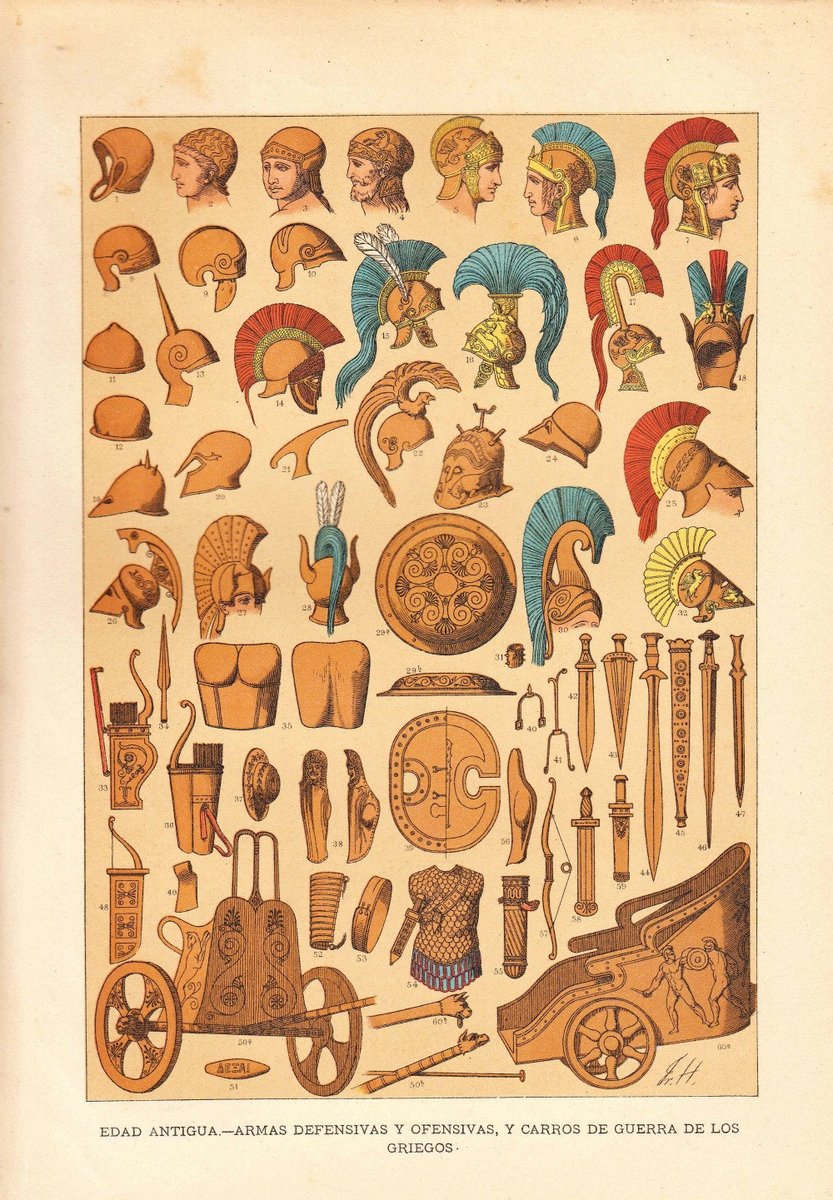1526
1527
1528
1530
1531
1532
1533
1534
1535
1539
1540
1541
1542
1543
1544
1546
1547
1549
1550
































